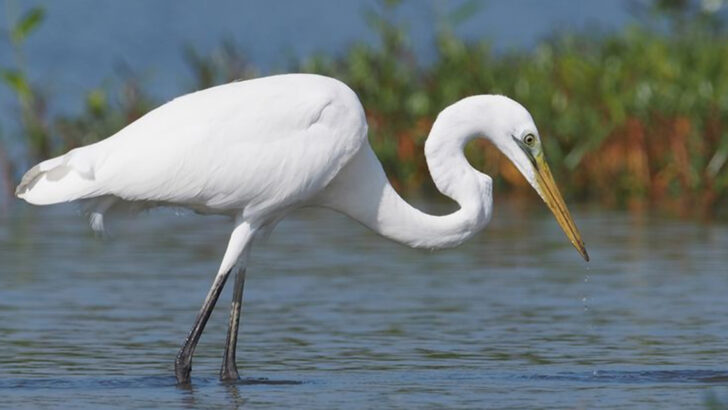Congaree National Park, a hidden gem in South Carolina, is a haven for wildlife enthusiasts.
This lush old-growth forest is home to an astonishing variety of species, each uniquely adapted to this rich ecosystem.
From the towering trees to the winding waterways, Congaree offers a glimpse into the wonders of nature.
Visitors can experience the vibrant life that thrives here, where every corner of the park is teeming with diverse fauna.
Let’s explore thirteen incredible wildlife species that make this park their home, each playing a vital role in the tapestry of life.
Barred Owl
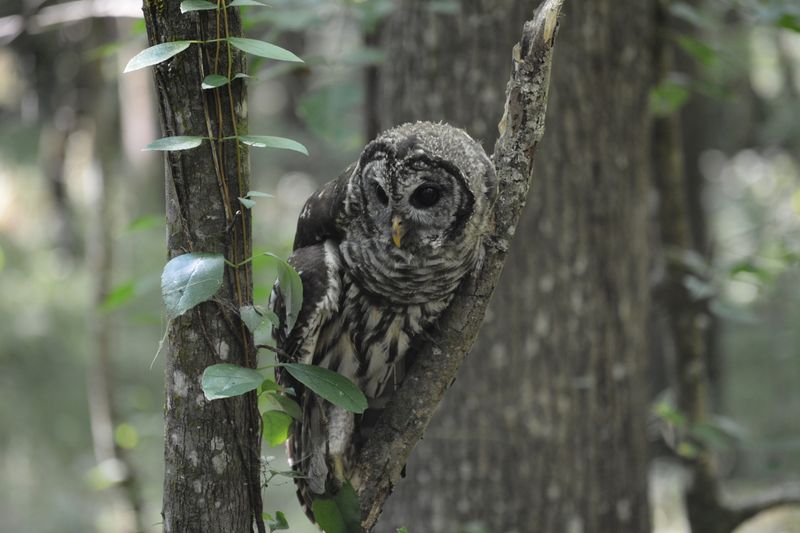
Known for its haunting call, the barred owl is a nocturnal creature that adds a mysterious ambiance to Congaree National Park.
These owls are easily recognizable by their striking barred plumage and soulful dark eyes. Often found lingering in the dense forest, they hunt small rodents and insects, playing a crucial role in the ecosystem.
Their presence is often revealed by their distinctive hooting, a characteristic sound of the park’s nightlife. Barred owls are not just hunters but also symbols of the park’s thriving biodiversity.
River Otter

With unmatched agility, river otters glide through the waterways of Congaree, embodying playful exuberance. These sleek mammals are adept swimmers, using their powerful tails to navigate the park’s creeks and rivers.
Observing them is a treat, as they often engage in spirited antics, chasing one another or diving for fish. River otters are vital to the aquatic ecosystem, controlling fish populations and maintaining balance. Their joyful presence is a testament to the park’s healthy waterways.
Red-shouldered Hawk
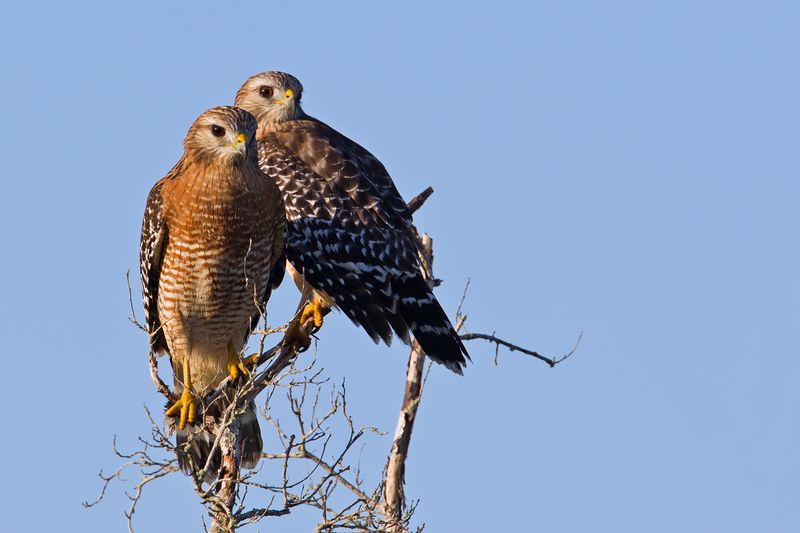
Majestic and vigilant, the red-shouldered hawk is a prominent raptor in Congaree. With its piercing eyes and distinguished plumage, it can be seen soaring above the park’s vast canopy.
These birds of prey hunt for small mammals and amphibians, showcasing their keen eyesight and hunting prowess. The hawk’s presence indicates a thriving ecosystem, as it relies on abundant prey to survive. Each sighting of this impressive bird is a reminder of nature’s intricate balance.
Prothonotary Warbler
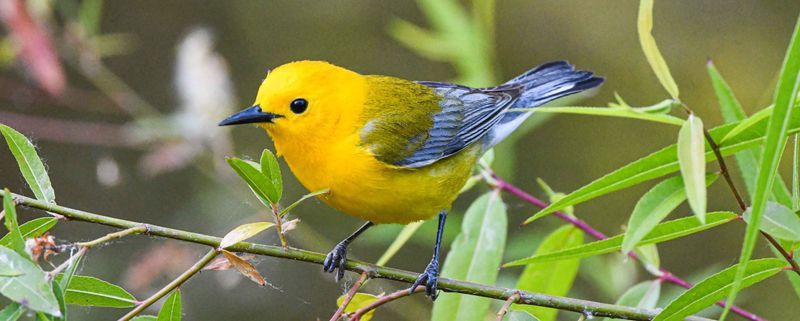
The prothonotary warbler, with its vibrant yellow feathers, is a burst of sunshine flitting through Congaree’s trees. These small songbirds nest in the cavities of trees, adding a melodious charm to the park’s ambiance.
Their presence is cherished by birdwatchers, as they provide both visual and auditory delight. The warblers feed on insects, contributing to pest control and ecological balance. Their striking hue and melodic songs make them a standout in this lush landscape.
Copperhead Snake
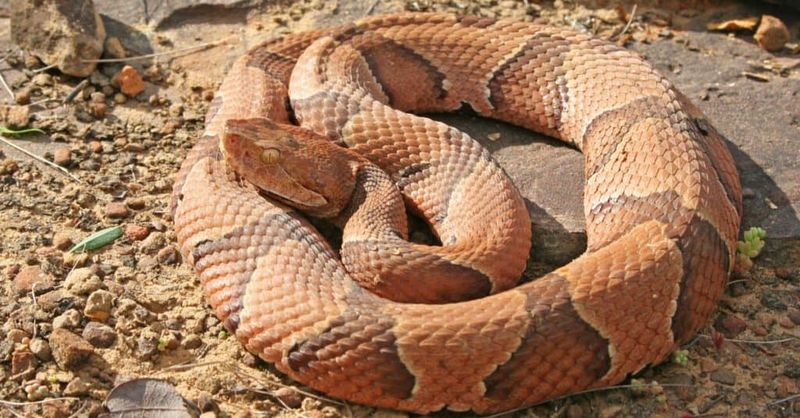
Silent and stealthy, the copperhead snake is a master of disguise in Congaree’s underbrush. With its copper-colored head and patterned body, it blends seamlessly into the forest floor.
Though venomous, copperheads are typically shy and avoid human contact, preferring to hunt small rodents and reptiles. Their role as predators helps control pest populations, maintaining ecological equilibrium. Spotting a copperhead is a rare glimpse into the hidden life of the forest.
Pileated Woodpecker
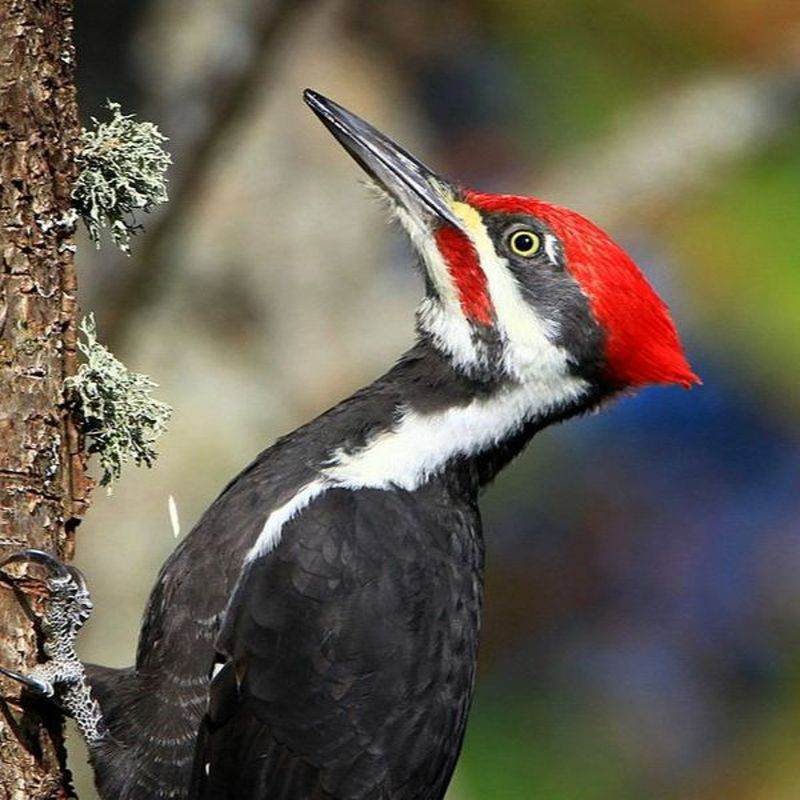
With a striking red crest and bold black and white plumage, the pileated woodpecker is a captivating sight in Congaree. These large woodpeckers are known for their impressive ability to chisel into trees in search of insects.
Their drumming can often be heard echoing through the forest, a testament to their strength and persistence. By excavating trees, they create habitats for other species, highlighting their importance in the ecosystem. Encountering a pileated woodpecker is an unforgettable experience, offering a glimpse into the park’s dynamic life.
American Beaver
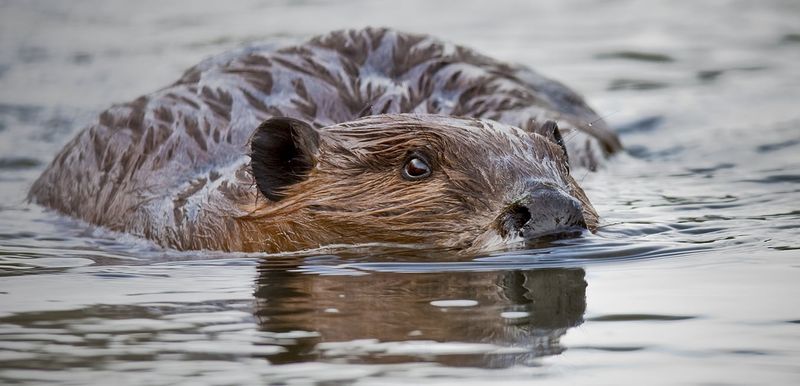
Ingenious architects of the waterways, American beavers shape the landscape of Congaree with their dam-building prowess. These industrious creatures use their strong teeth to fell trees, creating intricate structures that alter water flow.
Their activity not only forms habitats for other wildlife but also enhances biodiversity by creating wetlands. Observing a beaver’s engineering skills is both impressive and educational, underscoring the interconnectedness of the park’s ecosystem.
Eastern Box Turtle
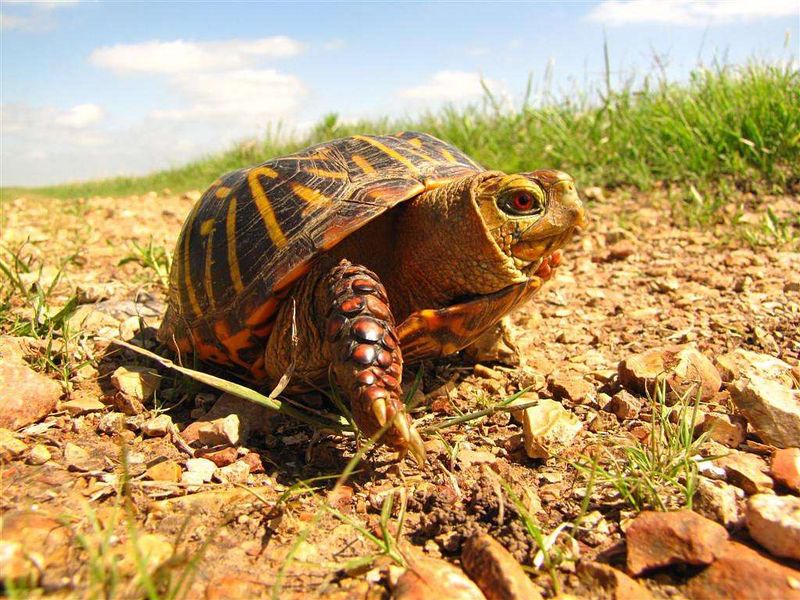
With its vibrant shell patterns, the eastern box turtle is a slow-moving but fascinating resident of Congaree. These turtles are often seen meandering through the forest, searching for plants and insects to eat.
Their longevity and resilience make them an integral part of the ecosystem, contributing to seed dispersal and soil health. Each turtle’s uniquely patterned shell is like a fingerprint, adding to the charm and allure of these gentle creatures.
Great Egret
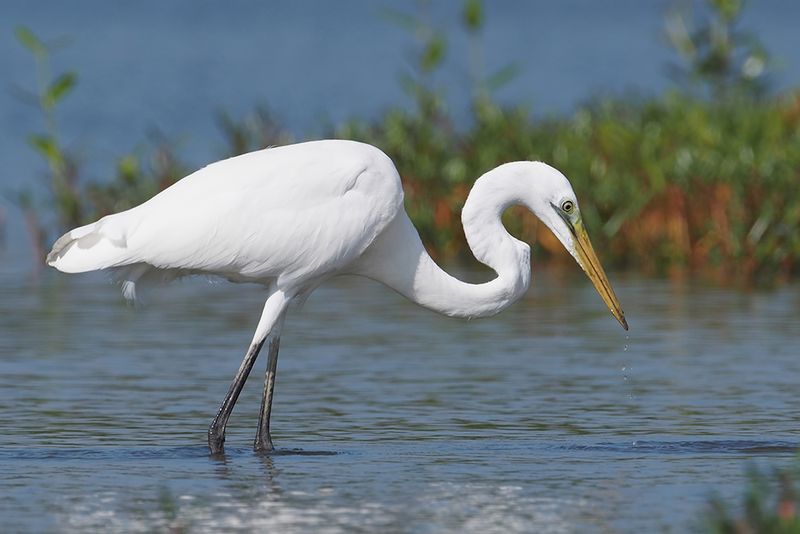
The great egret, with its elegant form and striking white plumage, is a symbol of grace in Congaree’s wetlands. These wading birds are expert fishers, often seen poised in the shallow waters with unwavering focus.
Their presence in the park highlights the health of the wetland ecosystem, as they rely on abundant fish populations to thrive. Observing a great egret in action is a serene experience, showcasing the beauty and precision of nature.
Southern Fox Squirrel
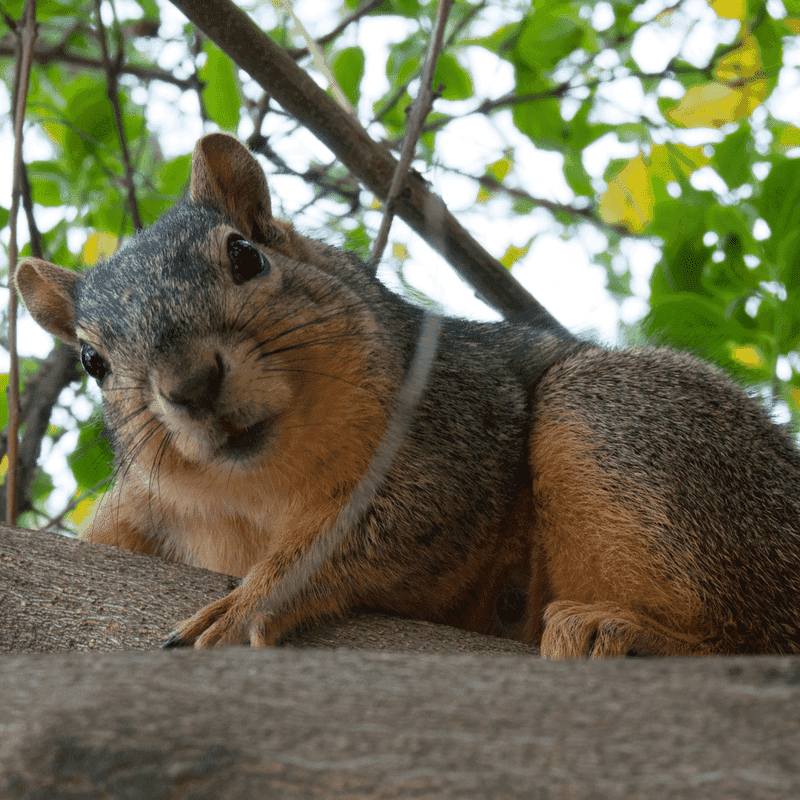
Distinctive and agile, the southern fox squirrel adds a touch of whimsy to Congaree’s forest. Known for its large size and striking coat, these squirrels are often seen leaping between branches or foraging on the ground.
Their varied diet includes seeds, nuts, and fungi, contributing to the park’s ecological diversity. The southern fox squirrel is a charming reminder of the small but significant inhabitants that enrich the forest ecosystem.
Eastern Cottonmouth
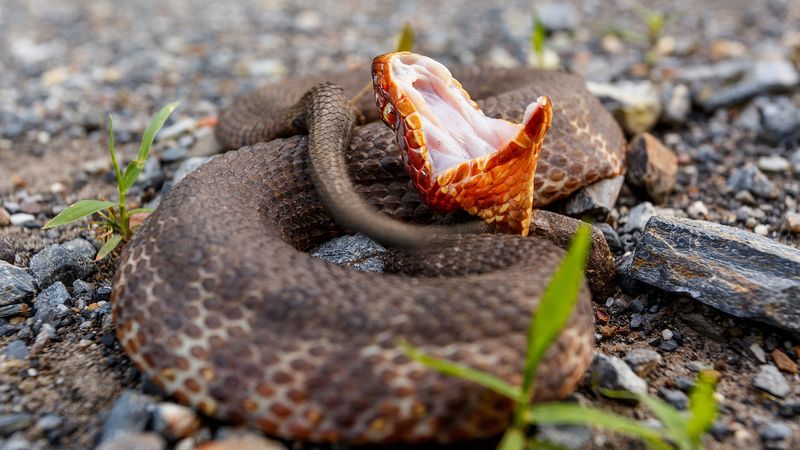
The eastern cottonmouth, or water moccasin, is a formidable presence in Congaree’s wetlands. Known for its thick body and distinctive markings, it is often found near water.
Though venomous, cottonmouths are reclusive and prefer to retreat rather than confront. Their role in controlling aquatic prey populations underscores their importance in the ecosystem. Spotting one is a reminder of the park’s wild and untamed nature, where each creature plays a vital role.
Yellow-bellied Slider
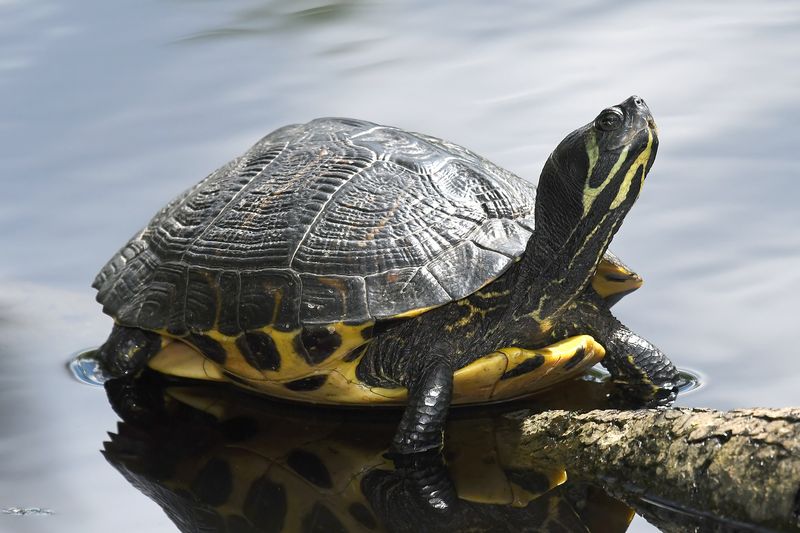
Basking in the sun-drenched waterways of Congaree, the yellow-bellied slider is a common and captivating sight. These turtles are known for their distinctive yellow markings and sociable nature, often seen in groups.
Their presence in the park contributes to aquatic biodiversity, as they feed on aquatic plants and small animals. Watching a slider sunbathe on a log is a delightful reminder of the leisurely pace of life in Congaree.
Bachman’s Sparrow
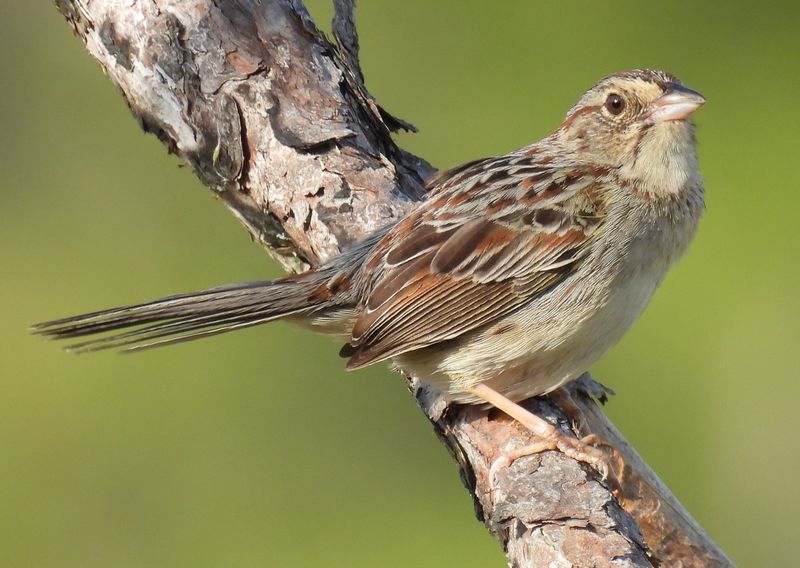
Elusive and melodious, Bachman’s sparrow is a rare treat for bird enthusiasts in Congaree. With its subtle plumage and enchanting song, it often perches low in shrubs, requiring patience to spot.
These sparrows rely on the park’s open forest understory for habitat, underscoring the importance of preserving diverse habitats. Each sighting of Bachman’s sparrow is a reward for birdwatchers, offering a glimpse into the delicate tapestry of life.

